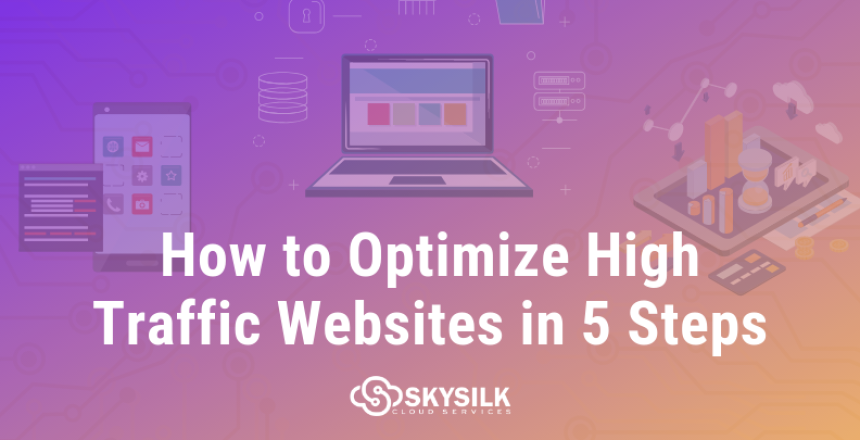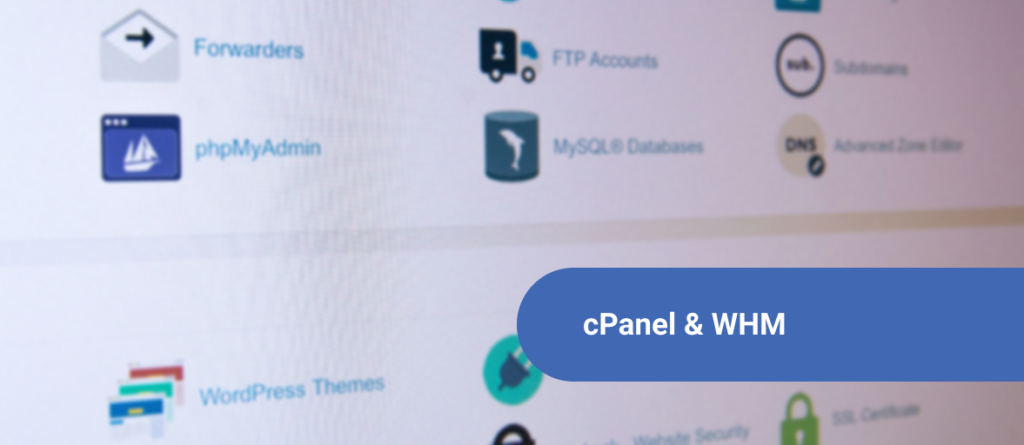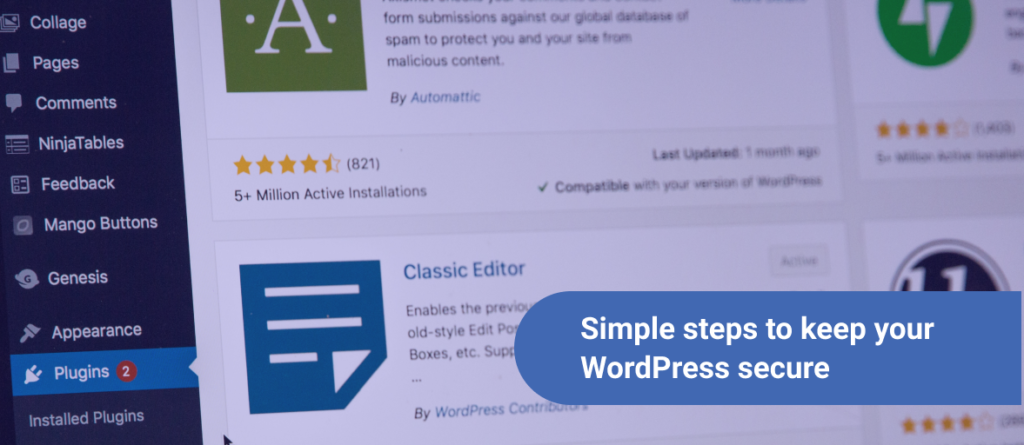Getting started in the blogging industry can raise hundreds of questions. Some of these questions can include creating your website, optimizing for high traffic, or getting started with SEO to attract your first visitors. As your website grows, thousands of guests will visit and interact with your digital content on a daily basis. Your web hosting server’s previously quick response time may slow to a crawl. Therefore, your high traffic website needs to be re-optimized to accommodate your new network traffic standard.
High traffic sites shouldn’t take this process lightly. Page load delays often lead to fewer ad impressions and lower customer retention, hurting your bottom line. Re-optimization means the difference between exponentially growing your user base further or wallowing as visitors leave for greener, faster-loading pastures.
Taking an organized, intentional approach to re-optimize will help ensure your high traffic site is running at peak performance levels. These 5 tips for optimizing high traffic websites will help you plan the next step for your online presence.
Tip 1: Optimize Scripts and Plugins
It is likely that you have a considerable backlog of outdated scripts and plugins. Especially if you’ve been running or customizing your own website for a while. This is natural as many web administrators install short-term plugins and scripts to perform a variety of standardized tasks; including analyzing page load speeds.
Cleaning out this closet can be one way to better optimize your high traffic website in the immediate future. One way to do this is by auditing your high traffic site. Stray code, broken scripts, outdated plugins, and other unusable bits of digital data should be sent to the garbage heap.
Tip 2: Incorporate Browser Caching
One method to modify your high traffic site’s caching protocols is by examining the so-called “expires header” for each piece of content loaded onto a given page. This piece of code determines how long a piece of content (an image, for example) is stored as a local copy before the website makes a fresh request for an updated version (if one is available).
For pages that rarely change their core elements, web administrator’s typically set the expiration code to 1 year. For example, a splash page. On the other hand, frequently updated pages require a quicker expiration time table to remain current. One month or less is a good choice.
Tip 3: Upgrade your Web Host
If done properly, this optimization will take some bloat out of your high traffic website. It decreases the sheer volume of purposeless content loaded onto each and every page. In the long run, this auditing process will also improve your website’s security; outdated and vulnerable scripts can provide a backdoor to nefarious hackers and their destructive exploits.
Though your startup web hosting plan may be comfortable, you’ll eventually need to upgrade to high traffic website hosting going forward.
Entry-level web hosting plans do not provide the volume of bandwidth needed to supply a website with thousands of daily visitors. Moreover, some low-level web hosts may even penalize you for crowding their limited server space by capping your download speeds.
It is essential to do your research as you look into high traffic web hosting. This will help you find a package that fits your growing needs. One option that more web administrators are turning to as their websites grow is Virtual private server (VPS) hosting.

VPS hosts use a unique method for allocating server space. VPS hosts increase your speed by minimizing the number of other websites you share resources with on a physical server.
As you choose your web hosting service, be sure to opt for high traffic web hosting solutions that serve your long term growth needs. In particular, look for options that support superior uptimes supported by adequate RAM and bandwidth allotments.
Tip 4: Compress and Streamline Page Content
It takes time for a web page to request data from a server and have it delivered in return. These delivery times make up a key element of page load times. This means they are ripe for re-optimization on your high traffic website.
To begin, you may not even need to look further than your current website dashboard. Many high traffic web site hosts enable Gzip compression by default. This protocol works by compacting interrelated data packages, making them easier to deliver. On the user’s end, these packages quickly unzip and load in.
If your web host does not already have Gzip enabled, be sure to enable to increase your load speed.
However, you should avoid unnecessarily compressing images and streaming media on your website. This can decrease their overall quality and throttle their delivery speed.
Instead, look for specialized image optimizers that are designed to seamlessly convert images to web-friendly formats.
Tip 5: Incorporate Analysis Tools
After applying the above tips, attaining empirical data will help you learn if your high traffic website re-optimization efforts have been successful. The best way to do this is by incorporating traffic and performance tools into your website’s regular operation.

These tools – such as Google Site Speed Insights, Pingdom, and WebPageTest – track a variety of useful information about your website. This includes page load speeds and overall page traffic. This can help you identify where your efforts have succeeded and where you need to apply further re-optimization.
Specialized analysis tools can even highlight pages with unusually high bounce rates, indicating an underlying problem for the user experience. With proper tools in hand, you are able to tweak these pages until they are perfectly optimized and serve your high traffic volume.
High Traffic Websites Require Serious Optimization
In conclusion, small changes can make all of the difference when optimizing your high traffic site. Even auditing your outdated plugins or modifying caching protocols improves your users’ experience as your traffic volume grows. An improved user experience translates into more page views, more ad impressions, and a more stable bottom line.
So, don’t wait any longer! Start your re-optimization process today and see the fruitful results on your high traffic website as soon as possible.
Use promo code “SKY95TRAFFIC” to save 95% off your first month. Offer is valid for new users only.







